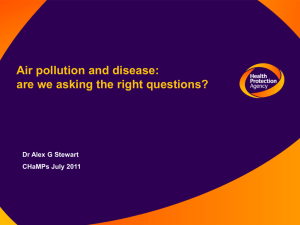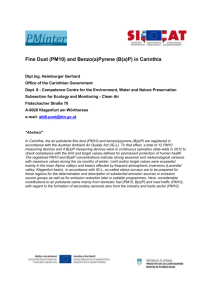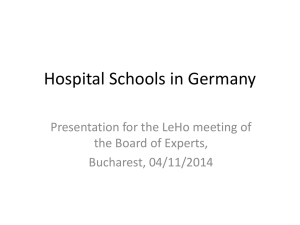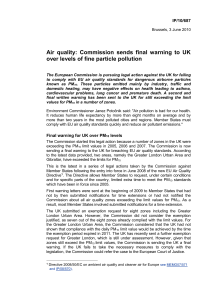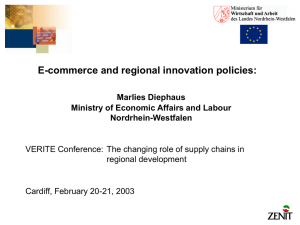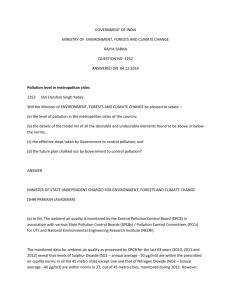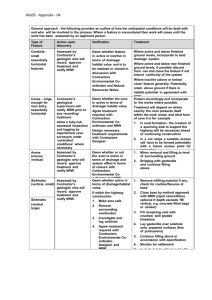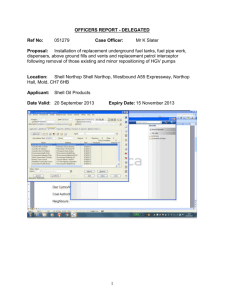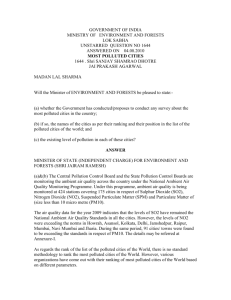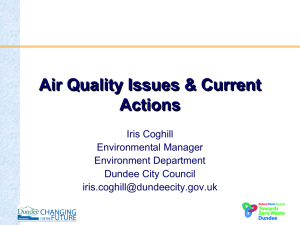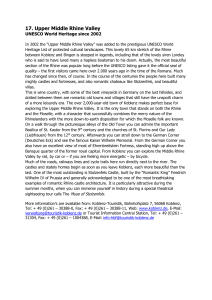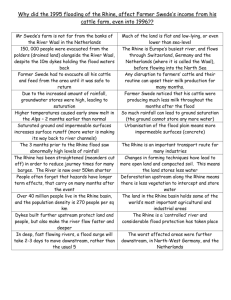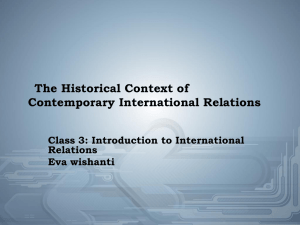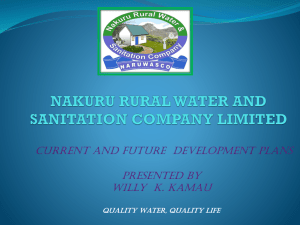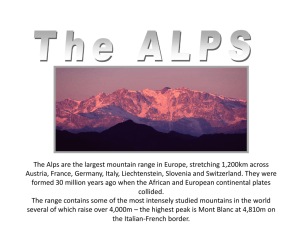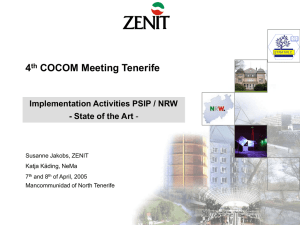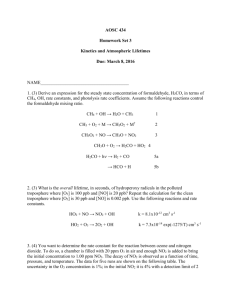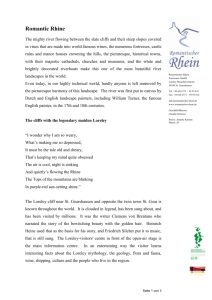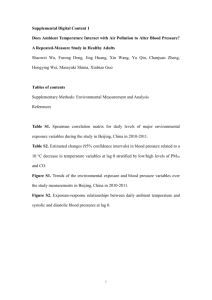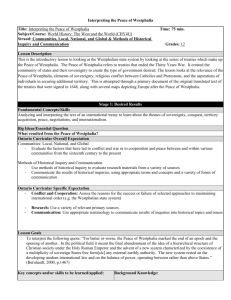high population density and heavy industry: the challenge for air
advertisement
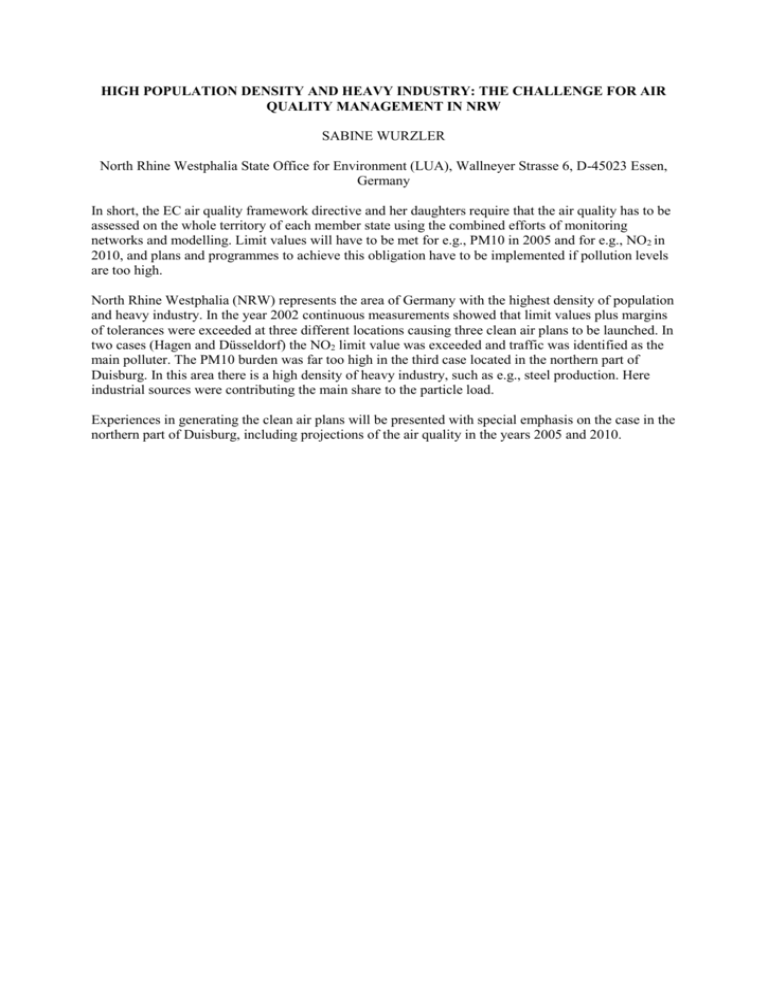
HIGH POPULATION DENSITY AND HEAVY INDUSTRY: THE CHALLENGE FOR AIR QUALITY MANAGEMENT IN NRW SABINE WURZLER North Rhine Westphalia State Office for Environment (LUA), Wallneyer Strasse 6, D-45023 Essen, Germany In short, the EC air quality framework directive and her daughters require that the air quality has to be assessed on the whole territory of each member state using the combined efforts of monitoring networks and modelling. Limit values will have to be met for e.g., PM10 in 2005 and for e.g., NO2 in 2010, and plans and programmes to achieve this obligation have to be implemented if pollution levels are too high. North Rhine Westphalia (NRW) represents the area of Germany with the highest density of population and heavy industry. In the year 2002 continuous measurements showed that limit values plus margins of tolerances were exceeded at three different locations causing three clean air plans to be launched. In two cases (Hagen and Düsseldorf) the NO2 limit value was exceeded and traffic was identified as the main polluter. The PM10 burden was far too high in the third case located in the northern part of Duisburg. In this area there is a high density of heavy industry, such as e.g., steel production. Here industrial sources were contributing the main share to the particle load. Experiences in generating the clean air plans will be presented with special emphasis on the case in the northern part of Duisburg, including projections of the air quality in the years 2005 and 2010.

